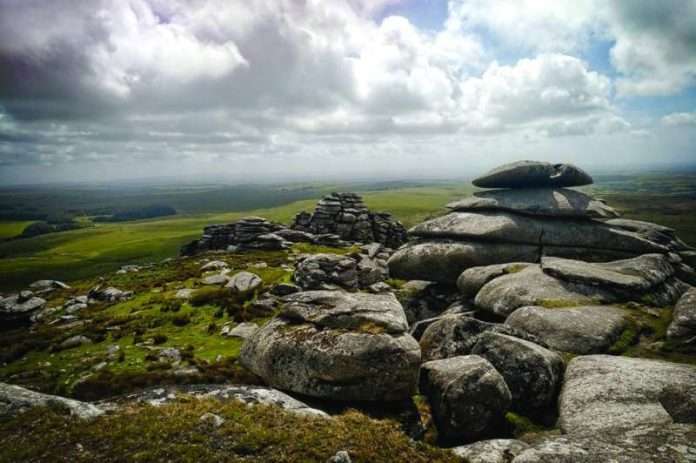While scientists are still trying to figure out the main source of oxygen in the atmosphere, new research published in the journal Nature Geoscience indicates the possibility that the main source of some atmospheric oxygen in the early life of the Earth was the movement of tectonic plates, and what caused them. This movement is from the cracking and overlapping of the layers of the earth’s crust.
The research, conducted by researchers in earth sciences from the American University of Michigan, the Canadian Laurentian University, and the Chinese Peking University, is based on measuring the level of oxidation of magma generated during the Neoarchean era, when oxygen was absent in the Earth’s atmosphere, which may provide evidence of the occurrence of Tectonic movement at that time in the life of the Earth, reports a local Arabic daily quoting The Conversation website
The researchers mention in the introduction to their paper that oxidized magma is formed when oxidized sediments and bottom waters (the cold, dense water found near the ocean floor) enter the Earth’s mantle as a result of the movement of tectonic plates and the occurrence of subduction. The Earth’s mantle, which is the area between the Earth’s crust and core, at meeting points called subduction zones, which produces magma that contains a high percentage of oxygen and water.
In an article they published on the website, the researchers say that the team collected samples of granite rocks 2,750 to 2,670 million years old from across the Superior Province, the largest preserved Archean continent extending more than 2,000 km from Winnipeg. Manitoba is in the easternmost province of Quebec in Canada.
The researchers say that measuring the oxidation state of these volcanic rocks that were formed through the cooling and crystallization of magma or lava is difficult, because these rocks may have experienced post-crystallization events, which may have caused changes through distortion, burial or heating.
And because zircon stones have the ability to withstand extreme temperatures and pressures of post-crystallization events, the researchers decided to investigate the mineral apatite found in zircon crystals in the rock samples they collected, because they may contain clues about the environments in which they were originally formed, as well as possible Inferring accurate ages for the rocks themselves.
Using specialized techniques to measure the percentage of sulfur in the original magma, the researchers found a significant increase in the percentage of sulfur in the period of approximately 2705 million years. This indicates that the sulfur was from an oxidized source, which matches the data from the host zircons.
In the introduction to their paper, the researchers state that the results indicate that despite low marine sulfate concentrations and limited oxidative change at the ocean floor prior to the oxidation event about 2.4 billion years ago, sulfur-rich oxidized magmas formed in subduction zones independent of the oxidation state in the ocean, and could Affect the evolution of the oceans, atmosphere, and minerals in modern times.
The researchers conclude from these results that the oxygen present in the magma had come from another source, and was eventually released into the atmosphere during volcanic eruptions, and although the exact mechanism is not clear, the presence of this oxidized magma indicates that the subduction process where water The oceans for hundreds of kilometers inside our planet generate free oxygen, which then leads to oxidation of the upper mantle, according to Al-Jazeera.net.

















